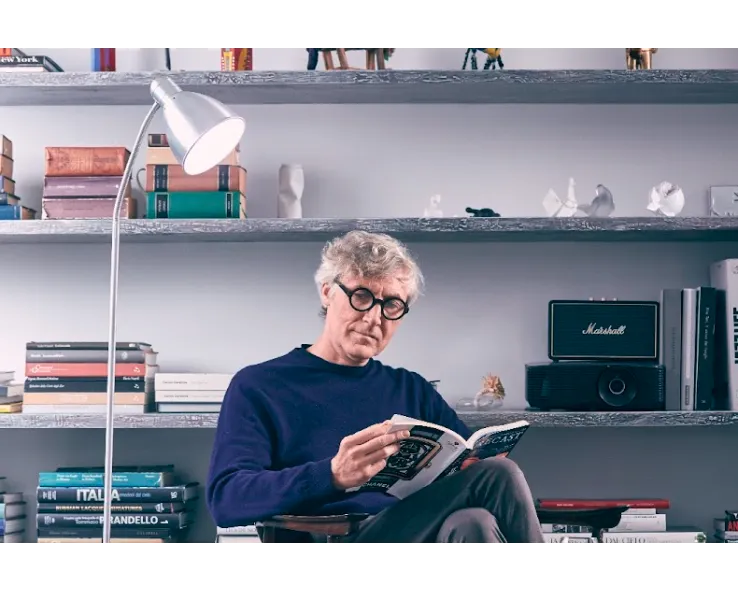Ensuring clean air in enclosed spaces is essential for infection control and environmental safety, particularly in industries such as food storage, healthcare, and enclosed workplaces.
A controlled laboratory study, conducted by Haier Open Partnership Ecosystem (HOPE), Qingdao, China, evaluated the air sterilisation performance of the Biovitae Domus A60 LED sterilisation lamp.
The study assessed its ability to reduce airborne bacterial contamination under strictly controlled conditions, with a particular focus on its potential applications in refrigeration units and confined spaces.
Study Methodology
The study was carried out in a 1m³ experimental chamber where Bacillus subtilis, a bacterial strain widely used for airborne disinfection testing, was introduced to evaluate Biovitae's effectiveness.
Experimental Setup
- Bacterial Suspension Preparation
A test suspension was prepared by diluting 1 mL of probiotic solution in 19 mL of sterile water, achieving a bacterial concentration of 10⁴ - 10⁵ CFU/mL (Haier, 2021).
10 mL of the prepared bacterial suspension was loaded into a microbial aerosol generator for dispersal within the chamber.
- Contamination and Sampling Process
The Biovitae A60 sterilisation bulb, along with a cross-flow fan and microbial generator, was placed inside the sealed experimental chamber.
The bacterial aerosol was continuously sprayed for 30 minutes at a gas flow rate of 0.3 mL/min, ensuring even distribution of airborne bacteria.
A six-stage sieve air impingement sampler was used to collect air samples before and after exposure to Biovitae LED light (Haier, 2021).
- Sterilisation Treatment and Testing
The Biovitae LED blue light sterilisation module was activated and operated for 2 hours and 4 hours, with air samples collected at both intervals.
All collected samples were incubated at 38°C for 24 hours, and bacterial colonies were counted to determine the sterilisation efficiency.
Results: Airborne Bacteria Reduction Over Time
The results demonstrated that Biovitae LED light had a significant bactericidal effect, with increasing efficacy over extended exposure durations (Haier, 2021).
Exposure Time (Hours) | Bacterial Count (CFU/m³) | Sterilisation Rate |
0 (Pre-treatment) | 8,500 CFU/m³ | Baseline |
2 Hours | 6,000 CFU/m³ | 29.41% Reduction |
4 Hours | 3,900 CFU/m³ | 54.12% Reduction |
Key Findings
After 2 hours of exposure, the bacterial count was reduced by 29.41%.
After 4 hours, the sterilisation rate increased to 54.12%, demonstrating a time-dependent bactericidal effect (Haier, 2021).
Compared to previous Biovitae test strip evaluations, which achieved a 70.59% bacterial reduction in 4 hours, the sterilisation rate in this test was lower, suggesting that specific environmental conditions may impact Biovitae's overall performance.
Conclusion: Biovitae A60 LED as an Air Sterilisation Tool
The study confirmed that Biovitae A60 LED light effectively reduces airborne bacterial contamination, demonstrating a progressive bactericidal effect over time.
While the sterilisation rate was lower than previous Biovitae surface sterilisation evaluations, the findings support its potential application for improving air quality in enclosed environments, refrigeration units, and controlled workspaces.
As industries seek non-chemical, continuous air disinfection solutions, Biovitae offers a viable alternative for reducing airborne bacterial risks.

